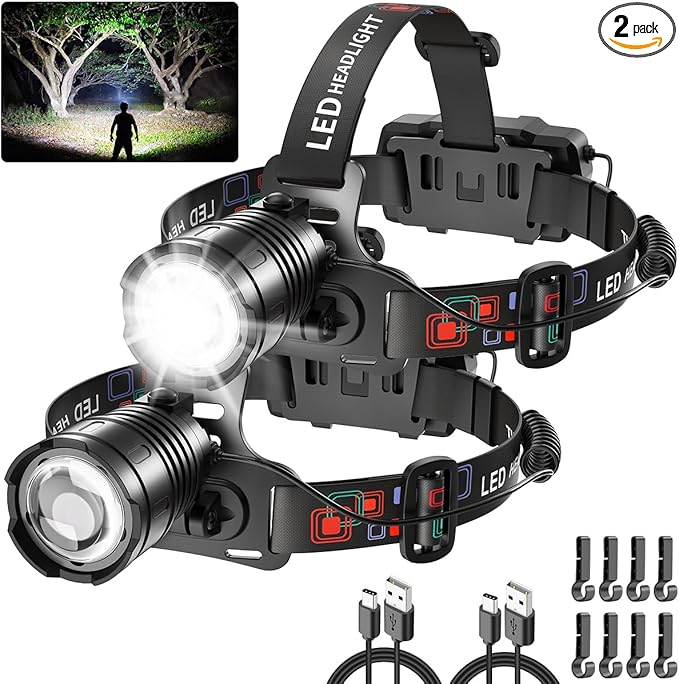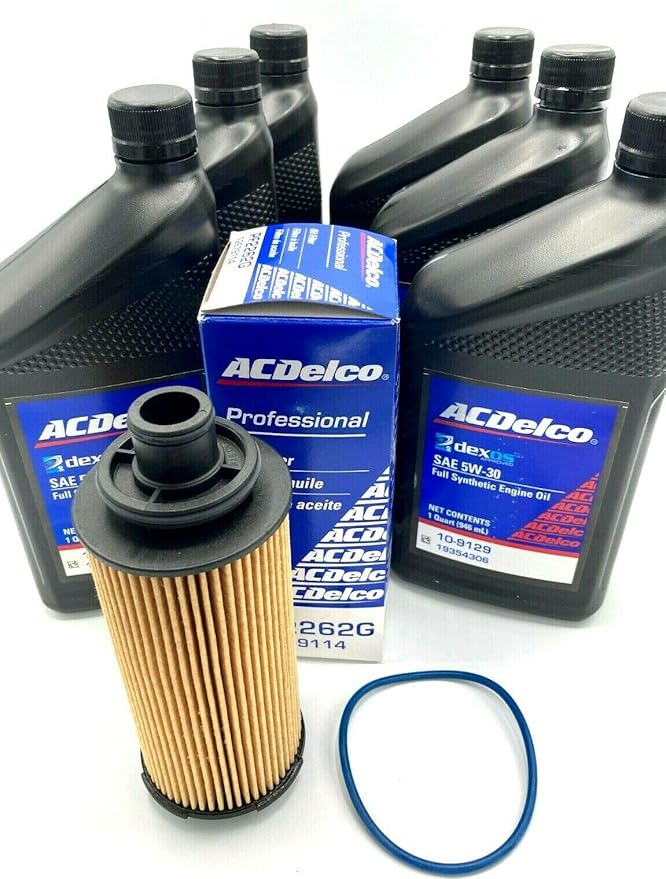Overland Tier 3: Expedition Prep—Winch, Points, Comms & Spares
Overland Tier 3: Expedition Prep — Winch, Points, Comms & Spares
What’s included: 9–12k winch + fairlead + wiring • rated recovery points (front/rear) • satellite messenger • task lighting • spare fluids + basic spares kit
Tier 3 is your solo-travel insurance. When traction boards and straps (Tier 1) and kinetic pulls/comm’s (Tier 2) aren’t enough, you need controlled pulls, reliable comms beyond cell range, and basic self-repair. This tier keeps a trip from turning into a recovery mission.
Why these upgrades matter
- Winch (9–12k): Self-recovery safety net; controlled pulls when boards/straps aren’t enough.
- Rated recovery points: Direct, safe load paths—no factory tie-downs.
- Satellite messenger: SOS + two-way texts when out of cell.
- Lighting: Headlamp/work light for safe night recoveries and repairs.
- Spares/fluids: Fix small failures and keep rolling.
When Tier 3 is the right call
- Solo/remote routes, limited traffic, or seasonal closures.
- Steep ledges, deep clay/snow, or off-camber obstacles needing precise control.
- Repeat failures with boards/kinetic rope; you need mechanical advantage.
- Group leader responsibilities (comms, night navigation, contingency planning).
Build your Tier 3 kit

Size to ~1.5× GVW. Synthetic line + hawse fairlead; add isolator & proper wiring.

Bolt-on, chassis-tied, shackle-friendly. Avoid factory tie-downs.

SOS + two-way texts, weather, tracking. Mount where it sees sky; carry spare power.

Hands-free headlamp + magnetic/collapsible work light; warm tint reduces glare.

Engine oil, ATF/PS/brake, coolant, fuses, belts/hoses, hose repair, clamps, tape, hardware.
Winch sizing & setup (safe & effective)
- Capacity: ~1.5× gross vehicle weight (GVW). Heavier builds: 12k.
- Line: Synthetic with hawse fairlead; carry a heat sleeve and line damper.
- Rigging: Tree saver + soft shackle; add a snatch block for mechanical advantage/redirects.
- Electrical: Correct gauge, isolator, clean grounds; engine running while winching.
- Safety: Clear the danger zone; use gloves; communicate. Stop and re-rig if anything looks wrong.
Recovery scene roles (keep it simple)
- Lead: Calls the plan and the abort.
- Rigging tech: Hardware, shackles, lines, final check.
- Spotter: Single voice on comms; “Stop / Driver / Passenger / Straight / Slow”.
- Everyone else: out of the load path, eyes on hazards.
Satellite comms basics
- Mount with sky view; preset emergency & check-in contacts.
- Carry spare battery/power bank; test messages before trips.
- Share a trip plan link with ETA, rendezvous, and bailouts.
Night-ops quick card
- Use warm flood for recovery, spot for searching; avoid blinding drivers.
- Place a work light low and off-axis to reduce glare in dust/snow.
- Set cones/markers, hazards blinking, hoods up, gloves on.
- Short, clear comms; one spotter speaking.
Spares & fluids: a lean list
Weight & maintenance notes
- Winch + bumper can add 40–60kg to the nose; check springs/alignments and axle weights.
- Spool, wash, and inspect synthetic line after muddy pulls; retire damaged gear.
- Cycle the winch monthly at home and verify isolator/remote operation.
60-second pre-trip brief (copy/paste)
- Route & bailouts: Primary GPX + 1–2 exits.
- Windows: Fuel/water ranges, sunset, weather.
- Comms: GMRS ch/tone + sat preset messages.
- Recovery plan: Boards → Strap/Kinetic → Winch.
- Roles: Lead • Rigging • Spotter • Safety.
Common mistakes to avoid
- Using factory tie-downs as recovery points.
- Winching with poor battery/ground connections.
- Standing in the line-of-fire; too many people giving directions.
- Overloading the front axle with unplanned weight.
- Skipping line dampers or tree protection.
Affiliate link — may earn a small commission at no extra cost to you.
Keep building your system
Some links may be affiliate. We may earn a small commission at no extra cost to you—helps fund hands-on testing.



Comments